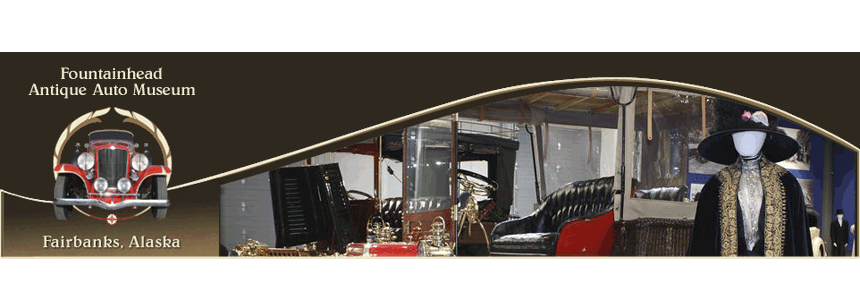 © Fountainhead Antique Auto Museum
© Fountainhead Antique Auto MuseumAs U.S. cities became linked by railroads in the early 1900s, trains became the primary conveyance for overland, long-distance transportation. Hotels and resorts that sprung up along the routes to serve rail travelers used horse-drawn wagons to carry customers and their luggage to and from the railroad depots. These were known as hackneys, or depot hacks.

Automobiles soon replaced wagons at the hotels, starting with surrey-type rigs like the Rapid shown above. Later, hotel owners purchased a chassis from a manufacturer such as Buick or Ford, and had a custom hack body made by a coachbuilder.
The term “station wagon” developed after depots started being referred to as railroad stations around 1910. The Ford Model T was perfect for converting into a station wagon (among other things). It was called a hack if the rear seats were forward-facing, and a jitney if the benches faced each other.
The museum's depot hack was built by Dick Figge of Ohio, who took a standard, 1911 Model T chassis and a Model A crankshaft and built a C-cab body from birch and cherry wood. The C-cab term derives from the unique shape of the cab and roof.
 While neither the paint color or hack body are original to our car, it is very eye catching. It draws a lot of attention when we take it to parades, shows, and events like the Golden Days kick-off. Willy was once pulled over while driving the depot hack through downtown Fairbanks. Apparently the policeman just wanted to know what Willy was driving, and if he could take his photo with it. We certainly weren't speeding!
While neither the paint color or hack body are original to our car, it is very eye catching. It draws a lot of attention when we take it to parades, shows, and events like the Golden Days kick-off. Willy was once pulled over while driving the depot hack through downtown Fairbanks. Apparently the policeman just wanted to know what Willy was driving, and if he could take his photo with it. We certainly weren't speeding!The body on our 1917 Ford Model T Snow Flyer is also a hack, this one made from ash. This Sunday, March 8, we will be giving rides in the Snow Flyer to kids starting at 12:30 p.m. Please drop by!
 Coming to see the Fountainhead Antique Auto Museum and other area attractions? Support the museum by staying right here at Wedgewood Resort.
Coming to see the Fountainhead Antique Auto Museum and other area attractions? Support the museum by staying right here at Wedgewood Resort. Reference: Evolution of the woodie station wagon at http://www.woodyguy.net/evolution.html


No comments:
Post a Comment
Blogging about the Fountainhead Antique Auto Museum's latest news, adventures and research